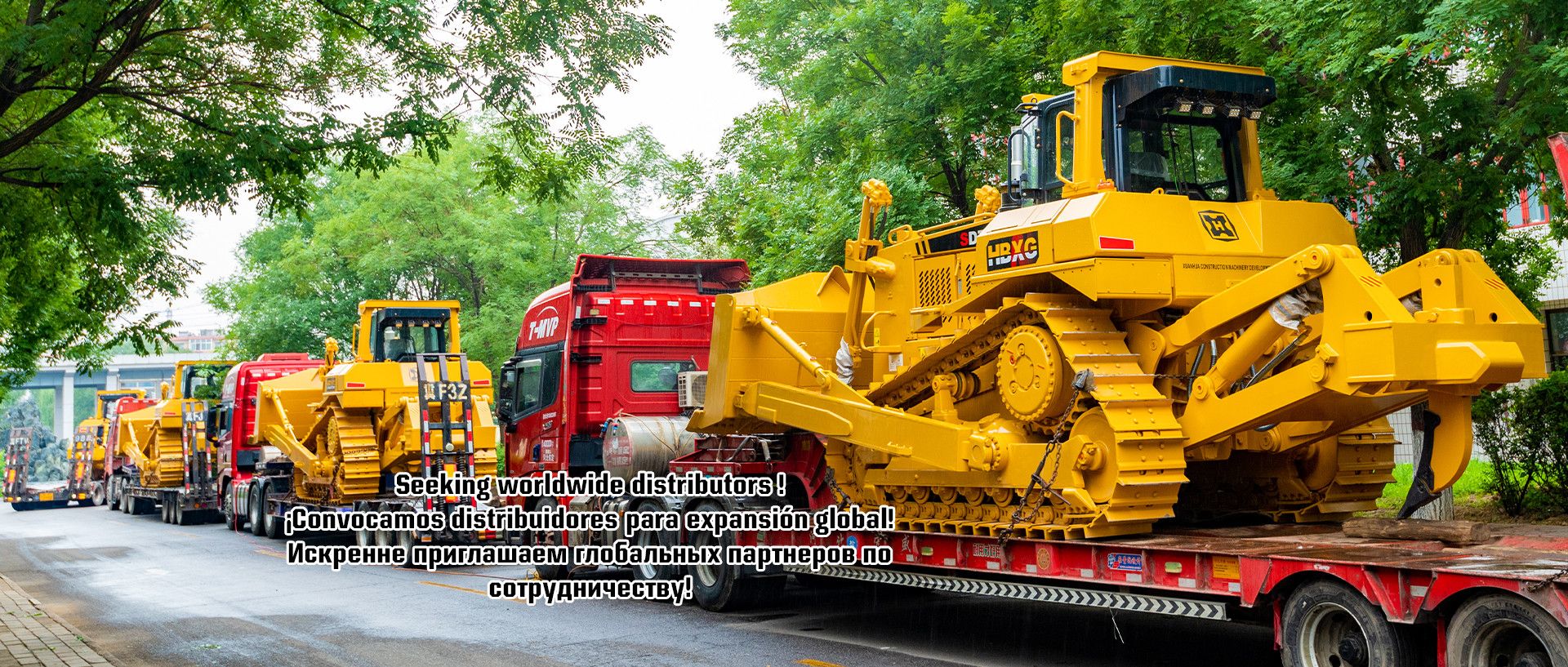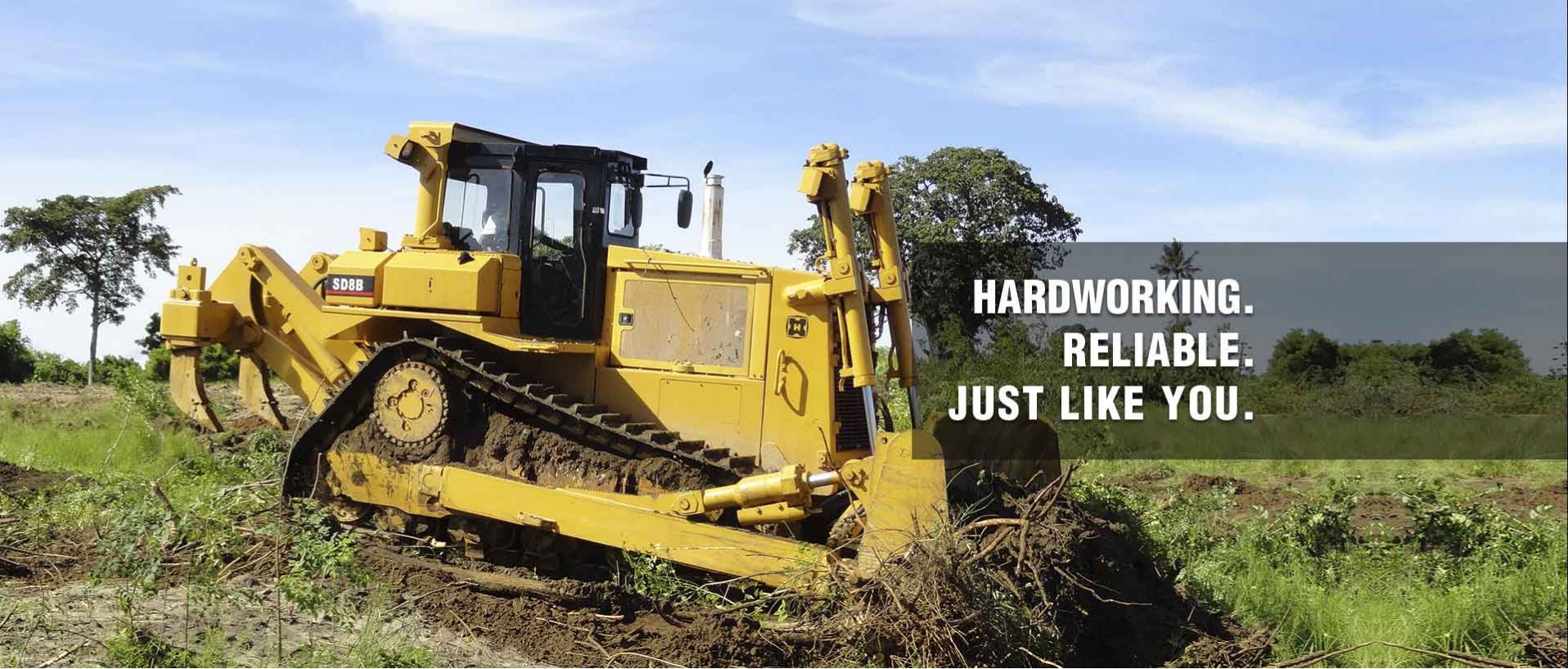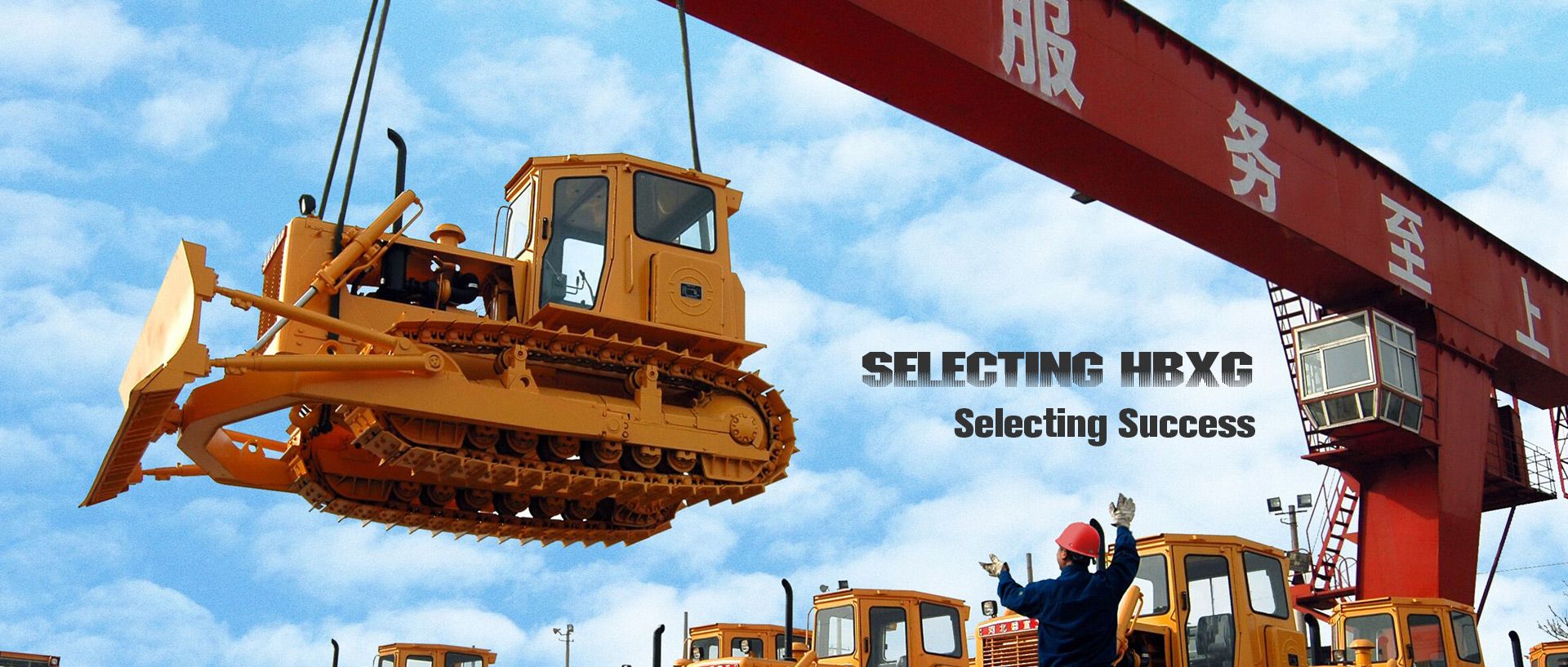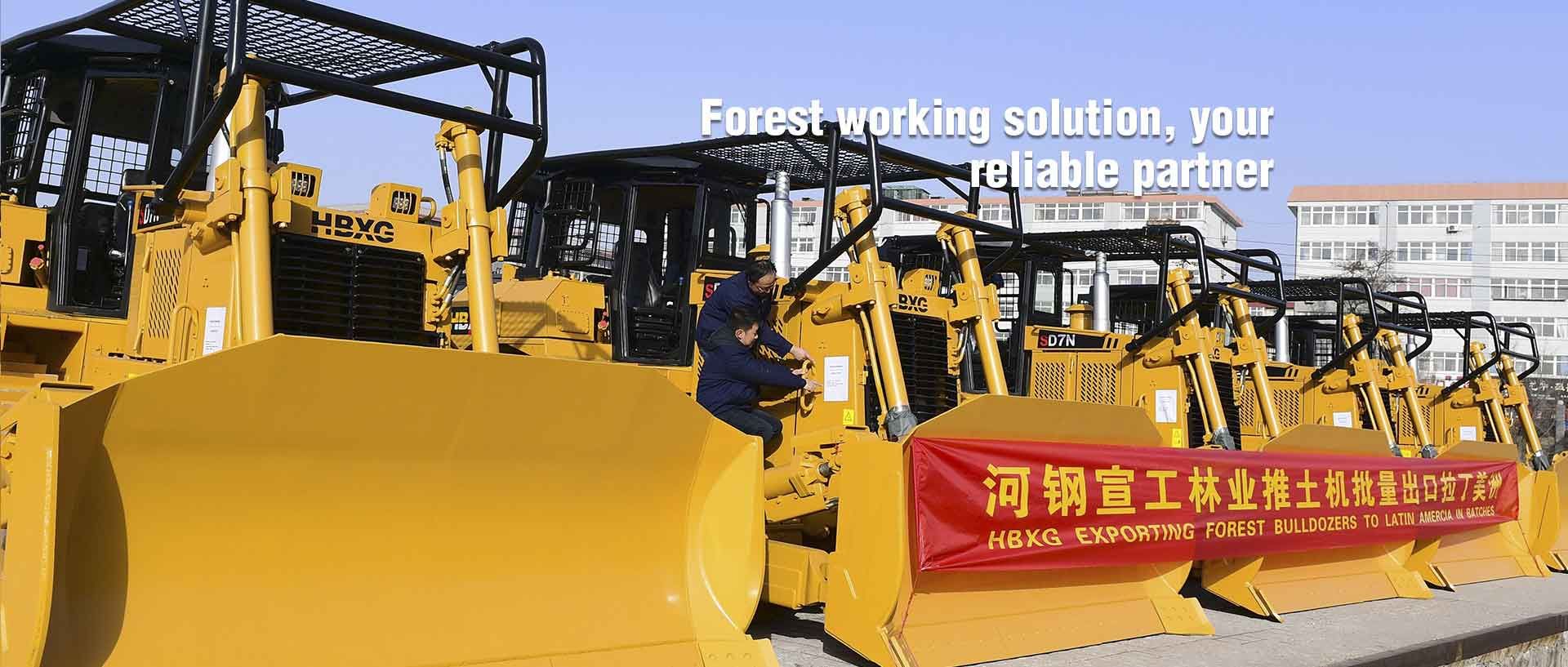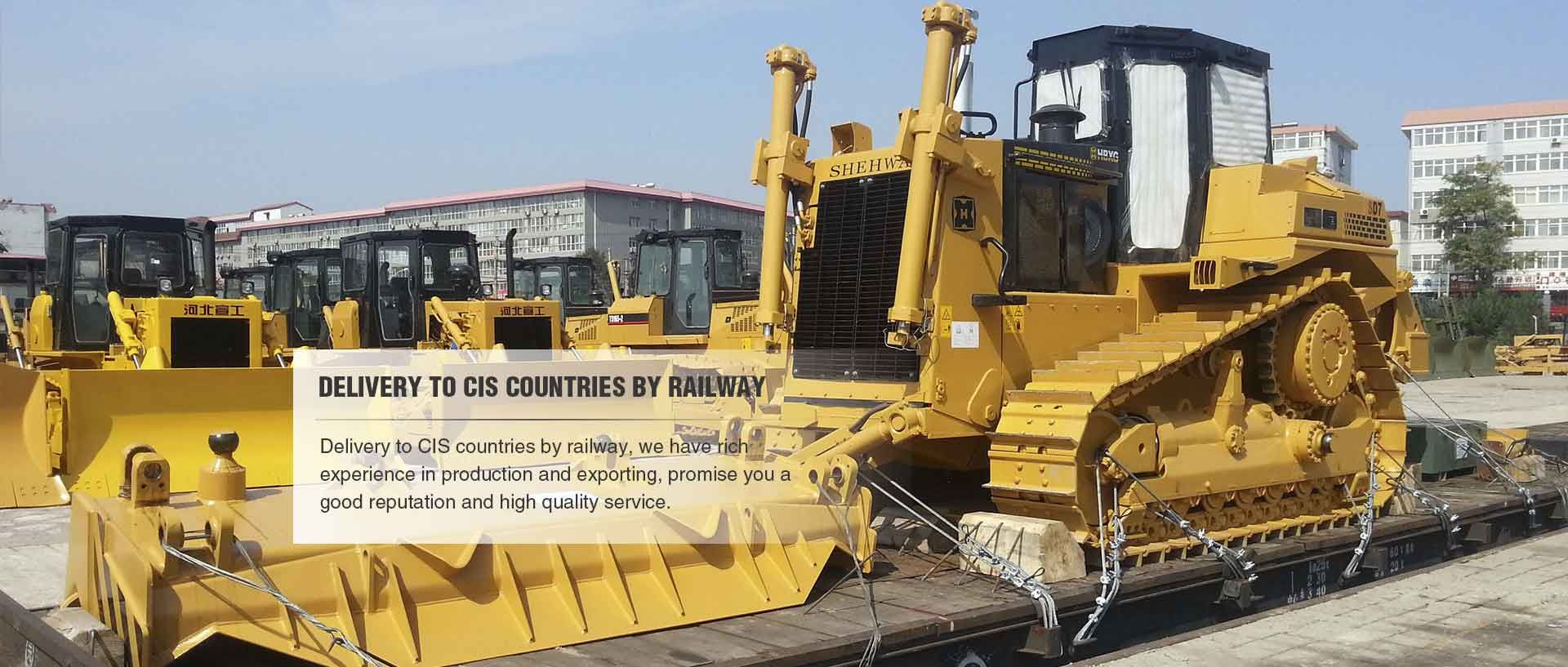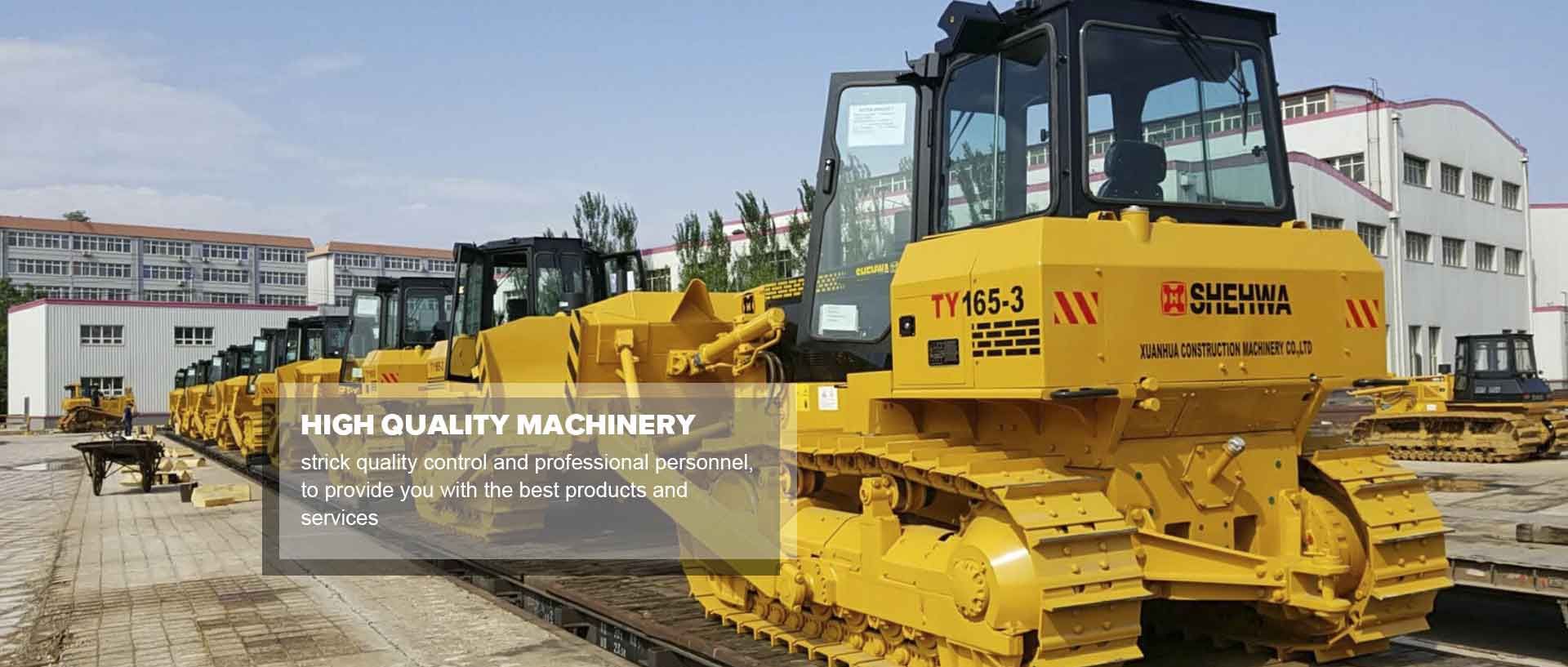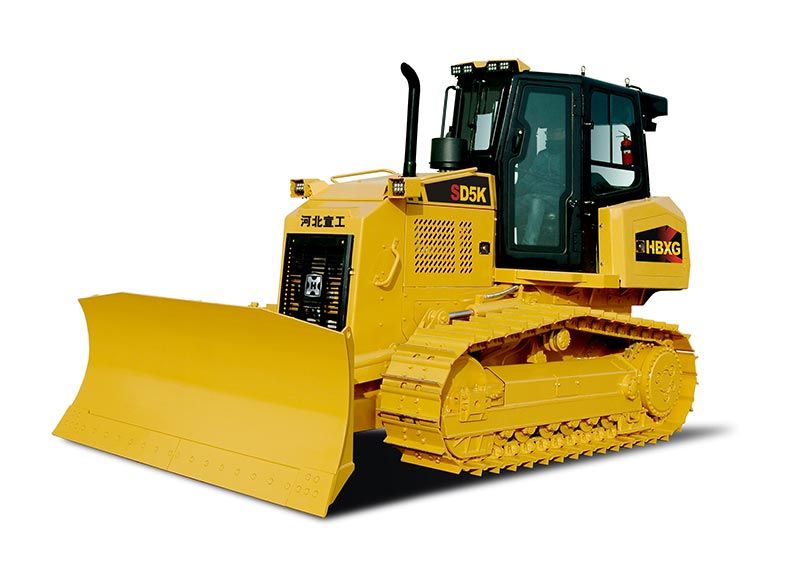Guide to Buying Bulldozers
 Dec. 19, 2022
Dec. 19, 2022
Bulldozers are used for construction, road building, clearing rubble and debris of all kinds from job sites, and other forms of maintenance such as tearing up asphalt or preparing large areas of the site. The power of a bulldozer is unmatched, and in addition to making the job easier, buying one can help you save a lot of time and money. But buying a bulldozer requires a number of factors to be considered before you buy. Read on to discover how to buy the right bulldozer.
Crawler bulldozer
1. Bulldozer size
There are three main sizes of dozers.
Small bulldozers
Small bulldozers can be used for small residential projects such as grading yards, building driveways, or hobby farming and are perfect for residential and light construction work. Small bulldozers are easier to transport than larger bulldozers, and they are more versatile on different terrains. Small dozers typically weigh about 20,000 pounds or less. They are also very easy to use in smaller areas because the machines are not very wide and can be installed in tight spaces.
Medium Dozers
Medium dozers have tracks and are best suited for clearing land, plowing snow, or moving materials around a job site, and are best suited for jobs that require frequent use of the dozer in the field. This is because they can be used for many of the jobs you may have. The working weight of this machine is approximately 20,000 to 60,000 pounds. You can also use this dozer on smaller job sites if navigation around the site is not too difficult.
Large bulldozers
Large bulldozers are needed for large and heavy-duty jobs, most commonly in mines, major construction sites, and highway construction projects. Their working weight can exceed 200,000 pounds, making them ideal for large land relocation or land clearing projects, such as landfills, quarries, and another rough terrain. If you have a demanding and challenging site, then this is the right dozer for you.
2. Tracks and landing gear
Crawler bulldozers have steel tracks, but they can also be rubber tracks. Tracks distribute the weight of the machine over a wider area than wheeled dozers, helping to keep the machine above ground and prevent it from sinking into mud, rocks, clay, or sand. The tracks also remain undamaged when going over debris, which can happen when using a wheeled dozer in rough terrain.
3. Dozer blades and sizes
The blade or plate of a dozer takes the brunt of the machine's work. Most dozers are equipped with straight shovels but you can swap out the shovel if needed. If you're doing more dozing, a curved universal blade or U-shaped blade will help keep the material sealed. For landscaping or snow removal, a power angle tilt blade provides more control for the operator.
4. Hydraulic system and attachments
The hydraulic system drives the overall strength and responsiveness of the machine, allowing it to work faster throughout the work cycle. Consider the attachments you plan to use and know the hydraulic flow required for each one. Equipping your dozer with the right attachments will give you the versatility to make the most of your investment.
5. Terrain
Depending on the terrain (rock, soft soil, etc.) and weather conditions, you will need to choose the right bulldozer with tracks or wheels. Tracks are perfect for uneven terrain and wet, muddy areas; wheels are best for flat ground.
Ready to start your project? Buying the right bulldozer will ensure you have the best power and load-bearing capacity for the job at hand. You can always contact us for a free quote.















